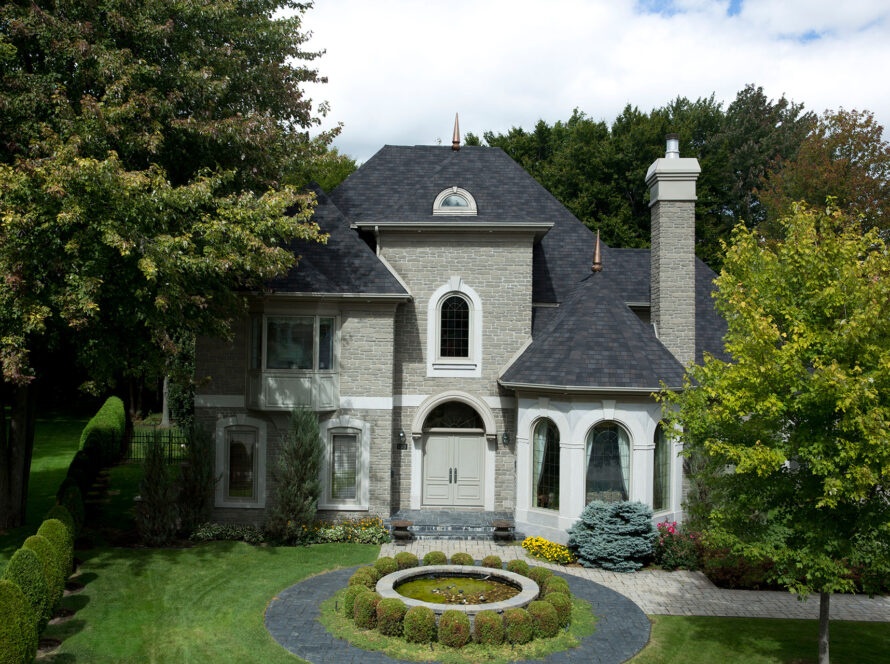Many homeowners know that solar panels are the next best thing to come to the neighborhood. What was once curiosity is now gradually becoming a common technological upgrade in modern homes. However, reaping the benefits is not as straightforward as it seems.
Adding solar panels to residential buildings seems like an obvious perk. After all, it provides clean energy, allowing people to save the planet and money at the same time. However, there are various factors that impact whether your home is fit to generate the optimal energy you need to ensure return on investment.
Overlooking these factors can lead to costly consequences down the line. We’re here to get a lowdown on what you need to take into account before going solar:
Factor #1: Your Location
One of the first factors that can impact the efficiency and effectiveness of a solar panel is your location. The sunnier it is in your area, the more energy your panels can produce. This means that the clear skies and sunny spots in San Diego offer the greatest opportunity to maximize the solar panels.
A house facing south-, southeast, or southwest can generate the most energy. North-facing roofs or houses with tall trees covering the roof will not make the most of your panel’s energy production.
Factor #2: Your Roof’s Condition
In addition to your location and whether or not you have access to sunny climates, your home’s roof conditions will also affect your solar panels. Most systems are built with reliable durability and can withstand wear-and-tear for at least thirty years. However, depending on your roof’s condition, its lifespan can significantly drop when your roof is about to fail sooner than the panels.
If you’re planning to install solar panels, it’s best to call a reliable roofing company. They can check and update your roof before moving forward with your array. Some materials are also better than the others, while others will charge more if you have Spanish tile roofs.
Factor #3: Your Financing Options
Solar panels can be a costly investment that generally ranges between $25,000 to $35,000. While paying upfront is the most straightforward process, many homeowners struggle to find enough cash on-hand to pay full-price.
Of course, there are solar loan options that allow you to make a monthly installment plan. You can also save extra if you are eligible for rebates. Keep in mind, however, that it doesn’t apply to homeowners who lease a solar array.
The Bottom Line: Ensuring Your Home’s Location and Roof is in Prime Condition For Switching to Solar
The future is now here as solar panels transform homes and make electricity conservation a more accessible. There are crucial factors you need to look over before moving forward with such an investment.
The list above should guide you on the conditions that can impact your solar panels. Be sure to look them over to ensure you can make the most of its benefits.
If you’re looking for a residential roofing service in San Diego to help replace your old roof, get in touch with us today for a free consultation.



